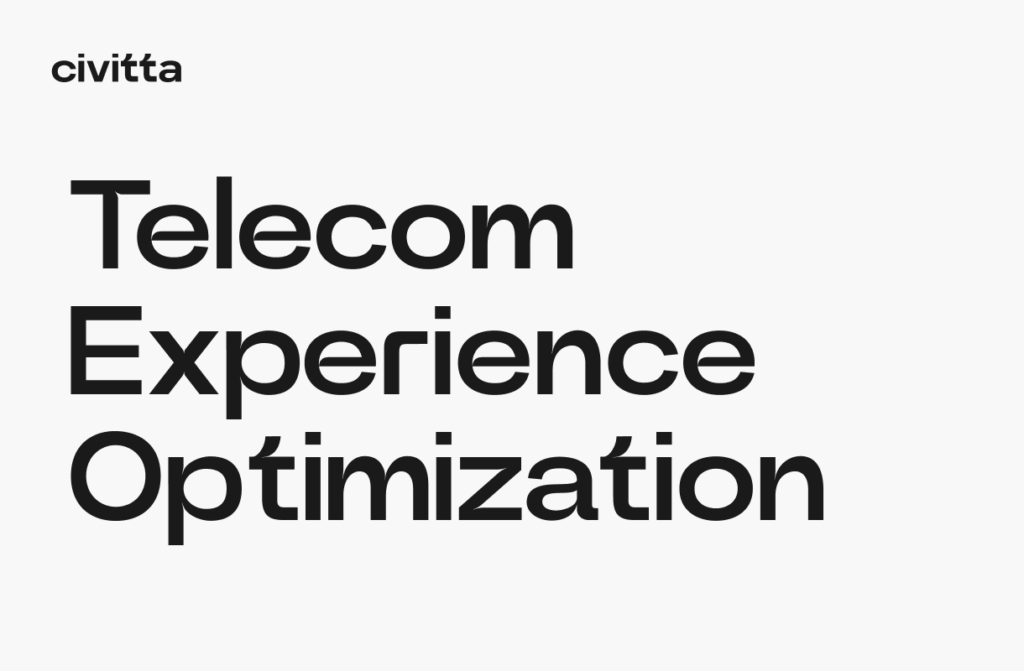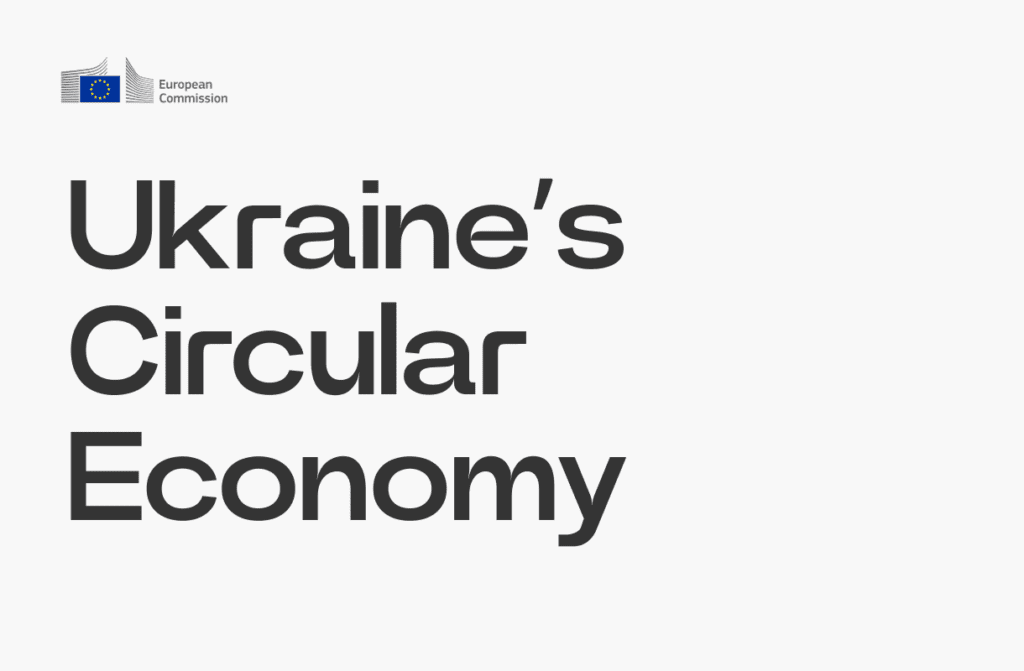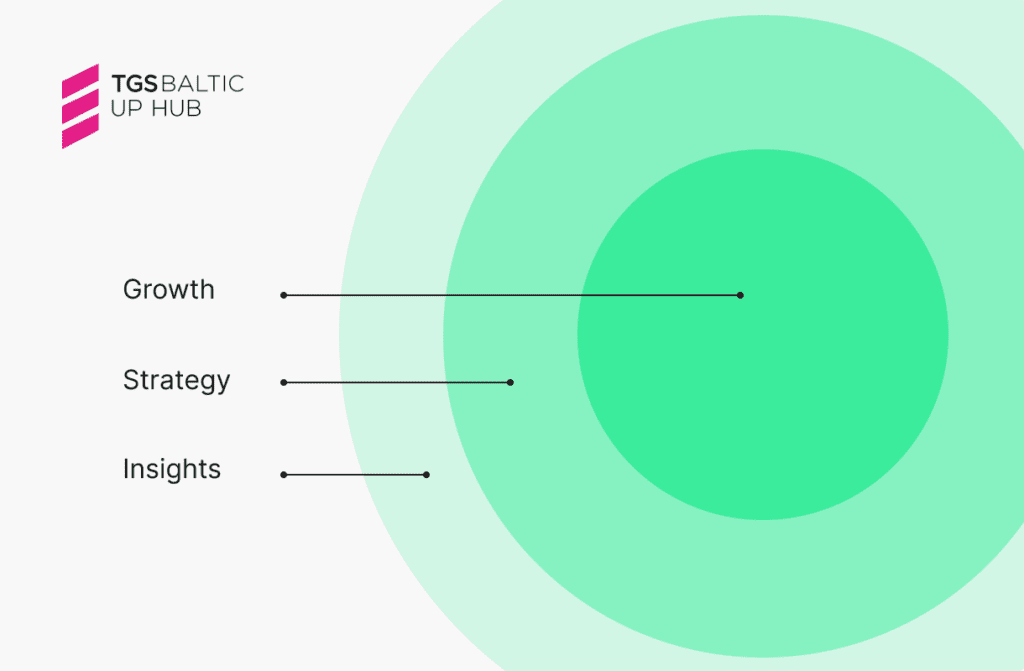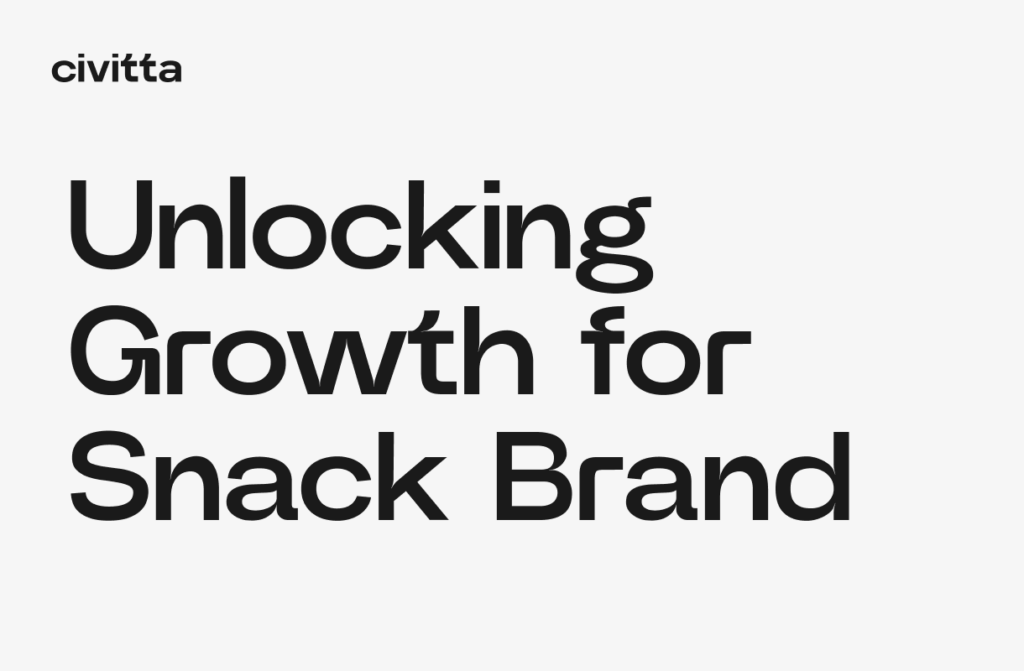Optimizing Premium Conversions for a Fishing Tech Innovator
Client
ConfidentialThe background:
Our client is one of Lithuania’s most successful and innovative tech companies, specialising in crafting smart devices and services for anglers. Their products are sold in over 50 markets worldwide. After introducing a Premium plan for one of their services, our client encountered challenges in persuading users to upgrade from the standard package.
Despite offering a free trial period, the adoption rate of the Premium plan remained quite low. It was unclear what factors were impeding the success of the adoption. To gain insights into the underlying issues and uncover potential growth opportunities, our client initiated a research inquiry focusing on two key markets of interest: the United States and Poland.
Aim of the project:
We developed a research strategy to address this challenge, incorporating in-depth interviews and online surveys, utilising our client’s contact database. The study specifically targeted three groups: individuals who had not used the Premium account’s free trial, those who had tried the Premium account but reverted to the standard package, and existing Premium account holders.
We aimed to identify the primary obstacles impeding the success of the Premium offering by evaluating the situation from multiple perspectives. This included examining potential issues related to market demand, value perception, available alternatives, pricing, user experience, and product marketing.
We conducted an in-depth analysis of customer habits, needs, and user experiences to gain deeper insights. We utilised an advanced choice-based experiment using the Conjoint methodology. Conjoint analysis is a widely used quantitative marketing research method for product and pricing research, which quantifies the value consumers place on product or service attributes. It mimics real-world buying decisions and reveals the relative importance of individual features by analysing respondents’ trade-off patterns. In this experiment, participants were presented with four sets of three potential offers and had to select one (or none) of the available choices in each round.
Services provided:
- Crafting a research strategy.
- Conducting interviews and online surveys using the client’s contact database.
- Identifying reasons for users not adopting the Premium Plan.
- Analysing customer habits, needs, and user experiences.
- Employing an experiment using the Conjoint methodology.
- Providing recommendations to the client.
Project result:
The project led to a clear understanding of the barriers to adopting the Premium plan, angler habits, their primary information needs, most desired features, and willingness to pay. Additionally, a comprehensive understanding of user and non-user profiles was developed, enabling the identification of the potential target audience for the Premium account.
Based on these findings, we provided our client with recommendations for target audience profiling, product offerings, pricing strategies, and communication strategies. Armed with this knowledge, our client was able to bridge the gap between their audience’s needs and attitudes and the Premium offering.






